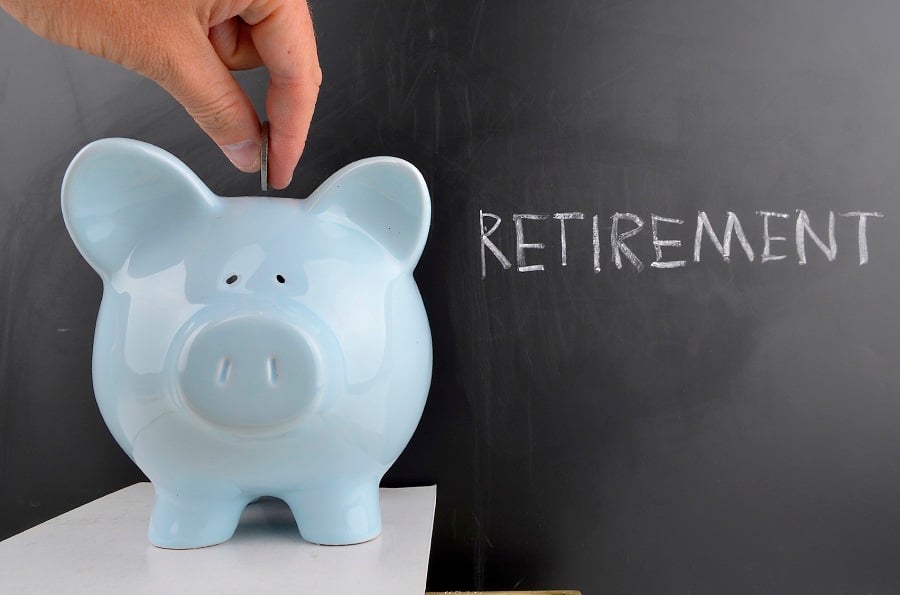

More than 20 million Americans stand to benefit from a federal government matching contribution to their retirement plans under a new SECURE 2.0 provision slated for implementation in 2027.
That’s according to new research from the Employee Benefit Research Institute, which sought to estimate the potential reach of the Saver’s Match provision, which was one of SECURE 2.0’s clauses aimed at enhancing the American retirement plan system.
Under the provision, the current Saver’s Credit will be replaced in 2027 by a federal matching contribution for workers in lower-income tax brackets – the government will kick in 50 cents for every dollar a worker contributes, with a $1,000 cap on the federal matching contribution per year – into a qualified retirement plan.
“[O]ur research ... will provide important information on the scale and impact on the system for both those administering the accounts and the workers receiving the additional dollars,” Craig Copeland, director for wealth benefits research at EBRI, said in a statement.
Drawing from the Internal Revenue Service’s Statistics of Income tabulations, EBRI’s exploratory research found 83.8 million out of all U.S. taxpayers would be eligible for the Saver’s Match based on their income alone. But to be eligible, the provision requires an individual to have wage income, which means only 69 million tax filers would be qualified based on the number of W-2 tax filings.
Looking at the number of workers who contributed to a retirement plan, EBRI found 18.9 million workers who contributed to employment-based plans and had low enough incomes to be included in the Saver’s Match.
With another 1 million individuals using a traditional IRA and 2 million contributing to a Roth IRA, the think tank found a total of 21.9 million people stand to benefit from the federal program in three years’ time.
The estimates could actually understate the program’s impact, EBRI said, as it only counts qualified workers based on their W-2 filings and doesn’t include those who may have declared their eligible earnings on Form 1099 or other forms.
EBRI also noted that new rules for employment-based retirement plans to cover part-time employees would not have kicked in yet during the historical time frame of the data.
“The most recent SOI tabulations available on all tax filers are from 2021, but the most recent tabulations using W-2 forms are from 2018,” it said. “Since W-2 retirement contribution data is critical to this estimation, the 2018 data from all tax filers is used for the study along with the 2018 tabulations of those receiving W-2s.”
Since state-run auto-IRA plans were also in their nascency during that time, the figures also likely don’t fully capture the many eligible workers who have accounts under those programs, EBRI added. “The report’s numbers on the Saver’s Match program are a good starting point for understanding its reach,” Copeland said.

Surveys show continued misconceptions and pessimism about the program, as well as bipartisan support for reforms to sustain it into the future.

With doors being opened through new legislation and executive orders, guiding clients with their best interests in mind has never been more critical.

Meanwhile, Stephens lures a JPMorgan advisor in Louisiana, while Wells Fargo adds two wirehouse veterans from RBC.

Large institutions are airing concerns that everyday investors will cut into their fee-bargaining power and stakeholder status, among other worries.

Fights over compensation are a common area of hostility between wealth management firms and their employees, including financial advisors.
Orion's Tom Wilson on delivering coordinated, high-touch service in a world where returns alone no longer set you apart.
Barely a decade old, registered index-linked annuities have quickly surged in popularity, thanks to their unique blend of protection and growth potential—an appealing option for investors looking to chart a steadier course through today's choppy market waters, says Myles Lambert, Brighthouse Financial.
